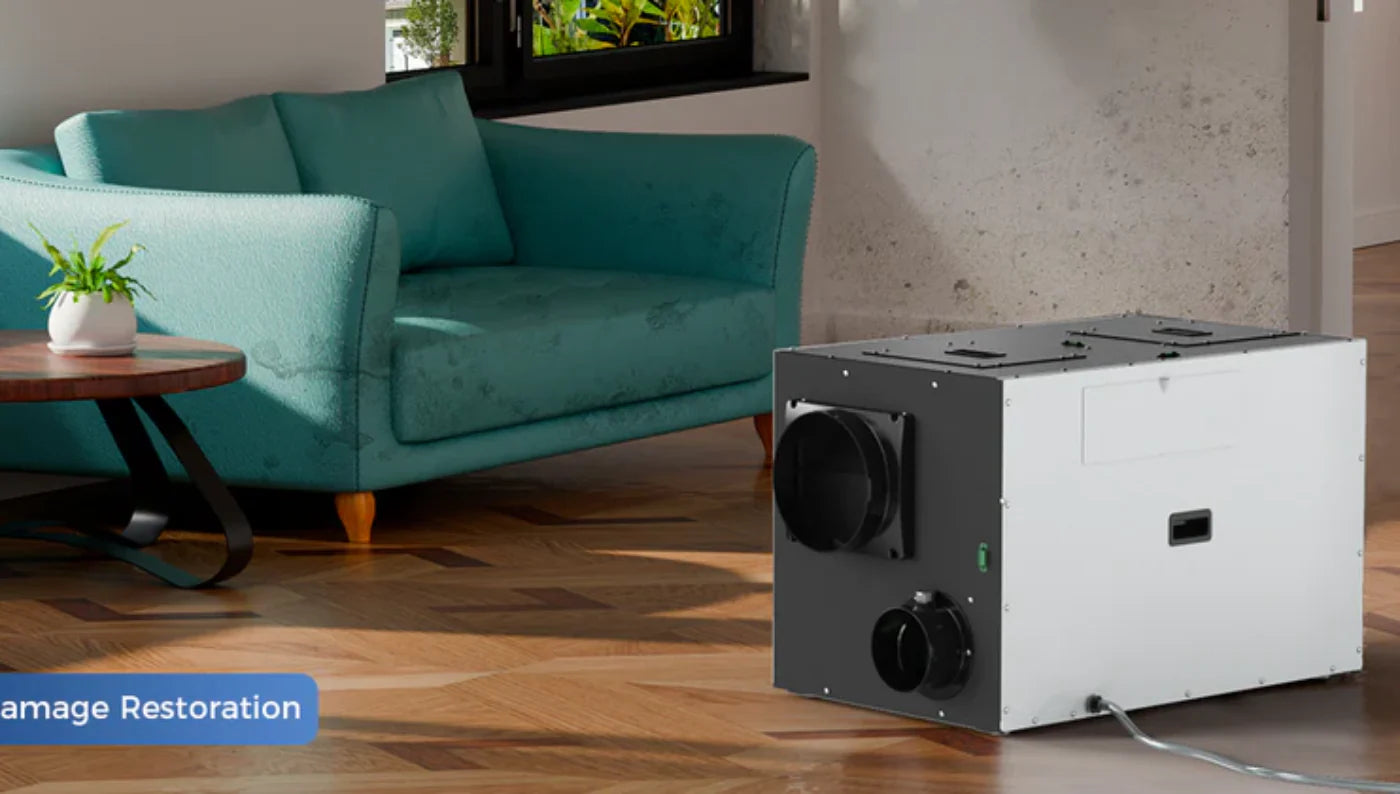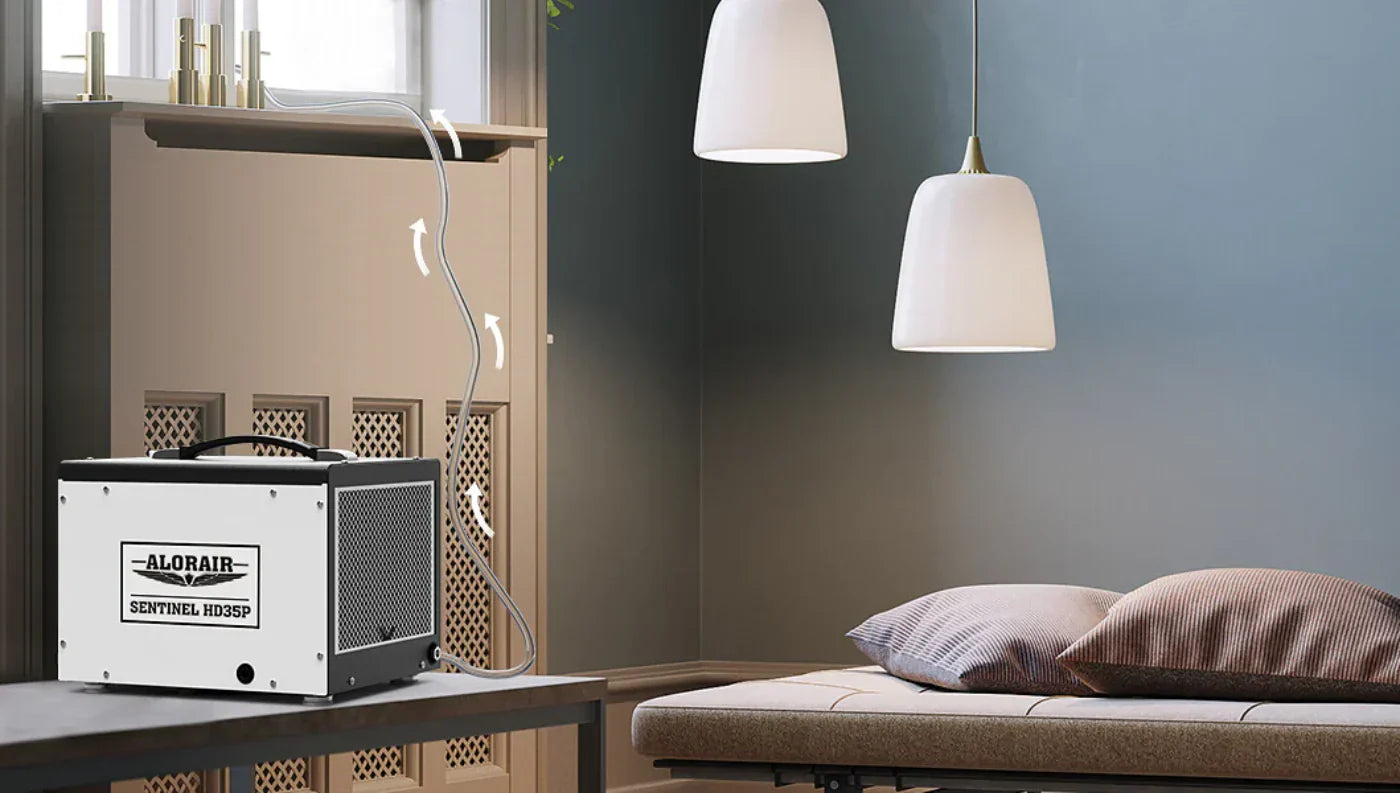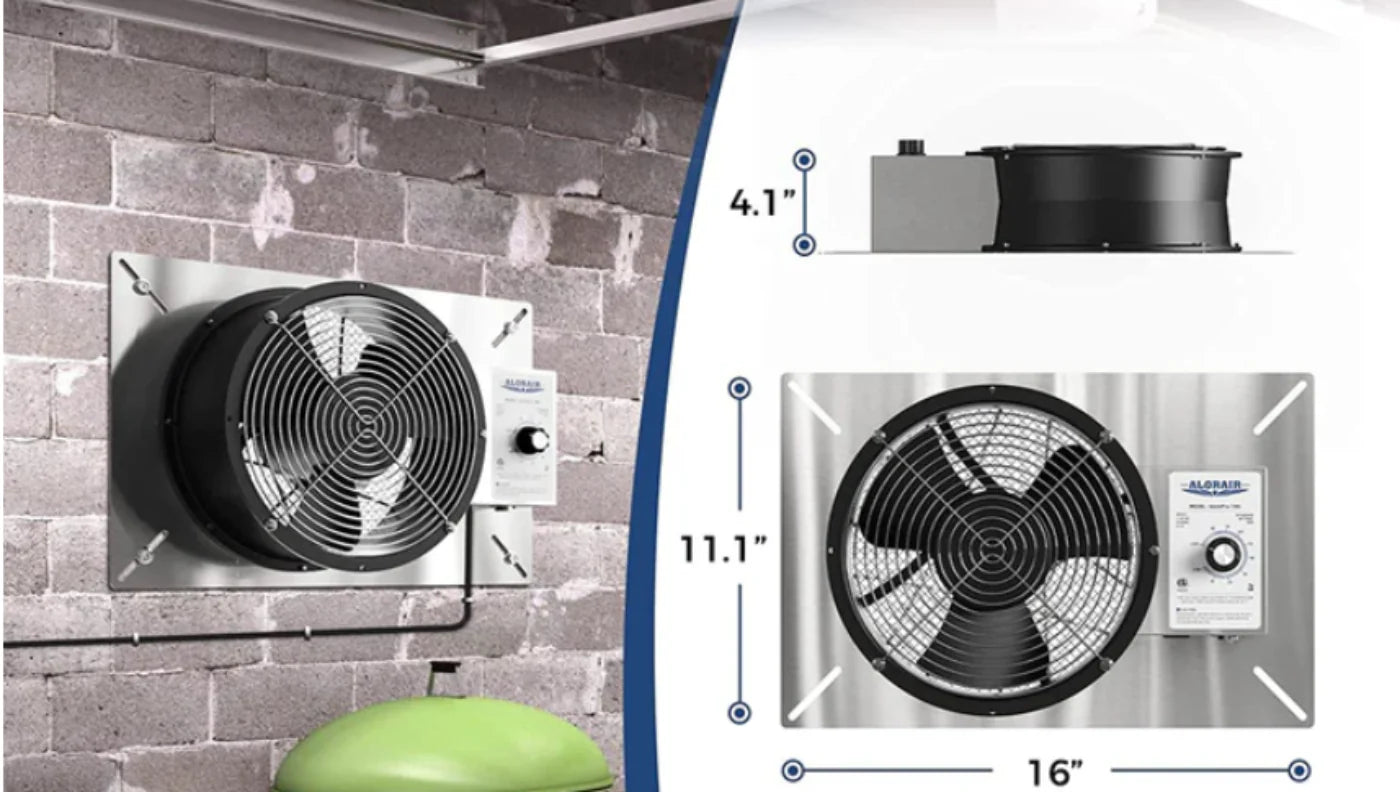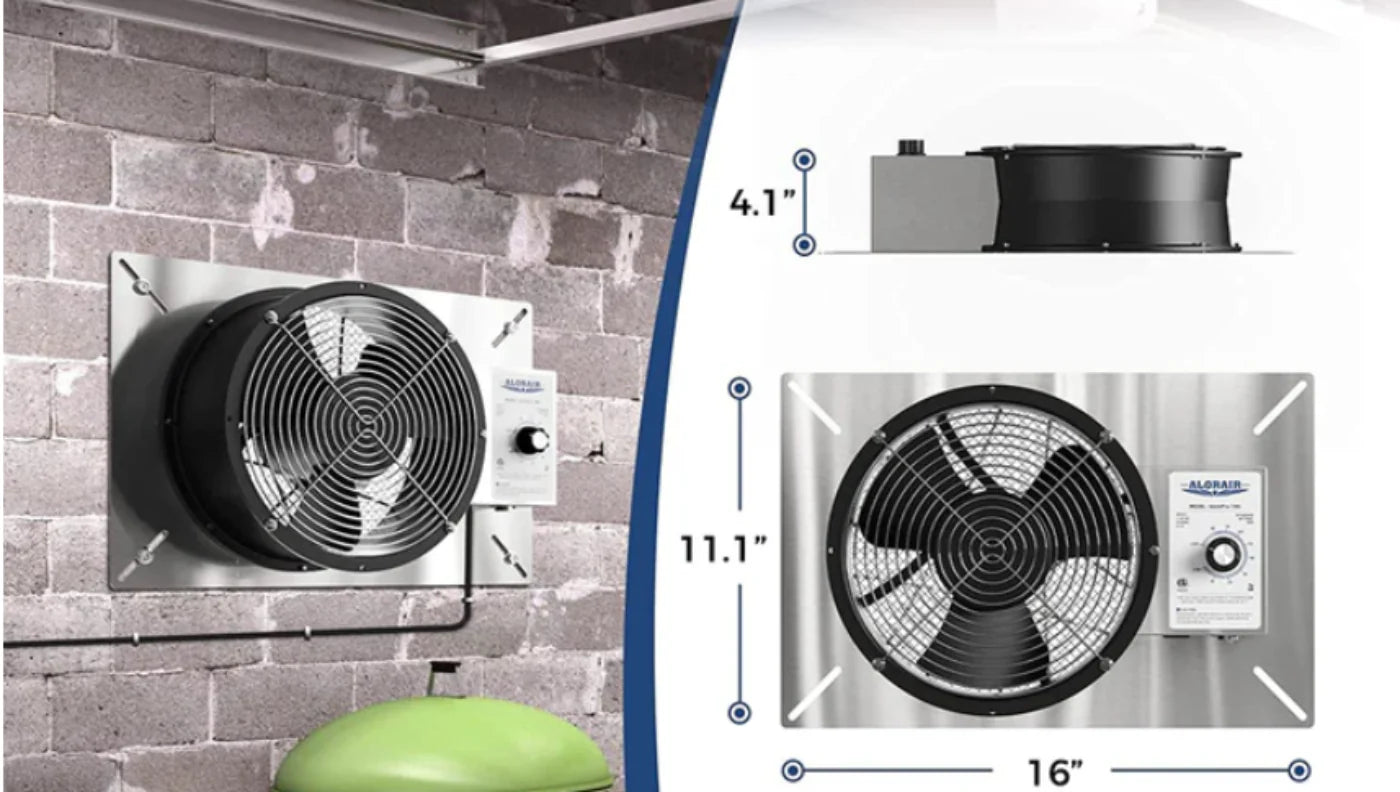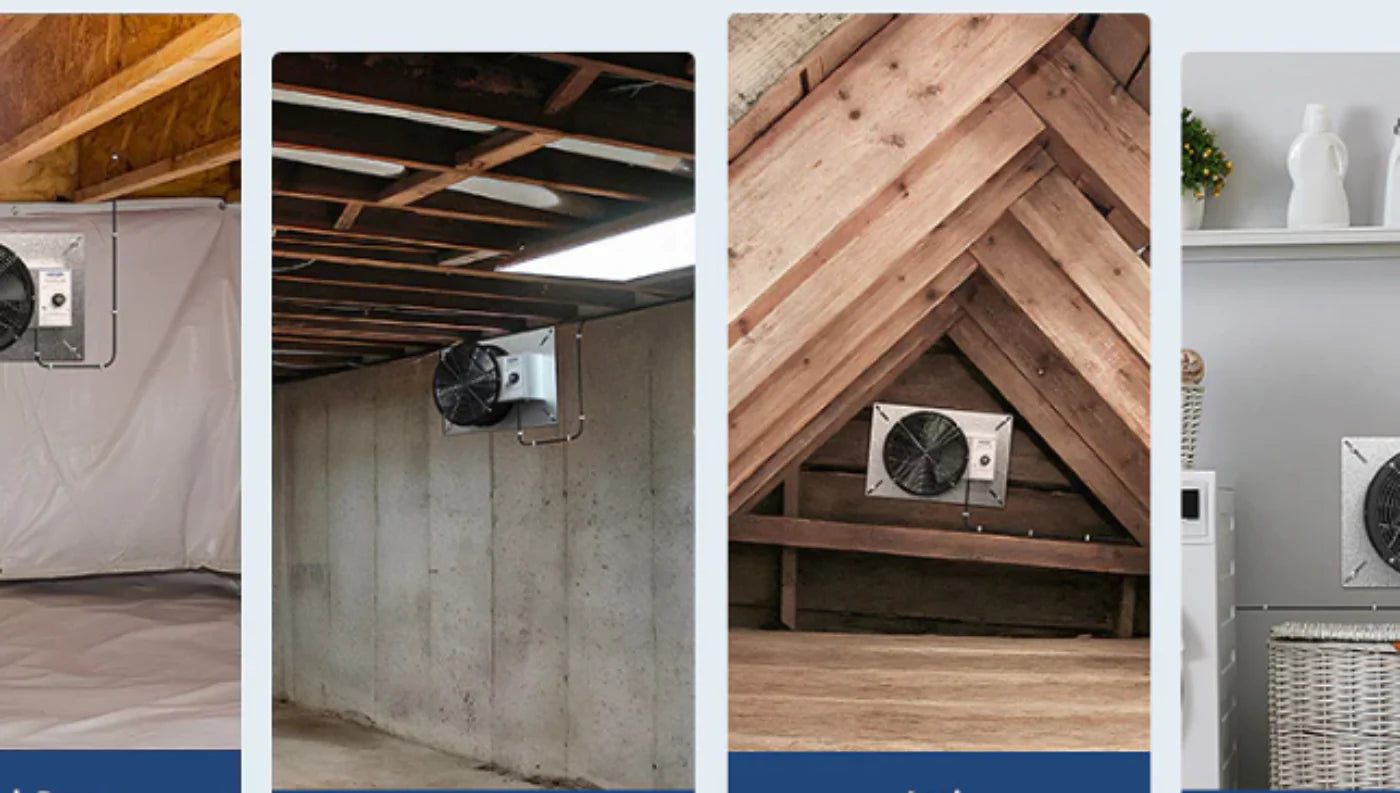We are no strangers to the sound of chirp-chirp, particularly at night. Crickets are insects recognized for their edgy singing, and are not dangerous. However, their existence can disturb sleep and bring about irritation.
When you observe more crickets in your basement and other spaces, it brings on the question: Why do I have crickets in my house? This post will cover the things that interest crickets in homes, and provide practical help on how do you get rid of crickets in my house.
Why Are There So Many Crickets in My House?

Generally, crickets break into houses in search of favorable circumstances. Below are various factors that attract crickets into the house:
-
Warmth: Crickets are fond of hot atmospheres, particularly as outside temperatures decrease. They might get into homes to discover sources of heat.
-
Moisture: Humid spaces such as crawl spaces, basements, and bathrooms give the humidity crickets desire to grow. Excessive moisture levels can turn these areas into perfect breeding grounds.
-
Shelter: Where do crickets hide? Crickets track down dark, untouched spaces like behind baseboards, beneath gadgets, or in storage spaces. These places provide security and nesting freedom.
-
Food Sources: Crickets depend on a range of materials, including paper, fabrics, and organic waste. Houses supply enough food choices, inviting these pests indoors.
Why Humidity Plays a Big Role in Cricket Infestations?
Crickets in the basement are a frequent issue. These insects are attracted to humid settings. Too much dampness assists them in living for an extended period and multiplying indoors. When your crawl space or basement feels humid, it might be cause you’re watching black crickets in house.
Humidity weakens sealant and wood, making it effortless for crickets to come in. Once indoors, they lock up in the deepest corners and live on materials such as clothes, paper, etc. Crickets in your house mean your indoor moisture levels might be too high. That said, investing in crawl space dehumidifiers is an easy way to manage the problem.
Dehumidifiers lower humidity, ensuring the house is unpleasant to pests. These machines disturb the environment, crickets require to grow, and help avoid continual infestations.
Signs You Might Have a Cricket Problem Indoors
There are a few signs that indicate you could have a cricket issue indoors:
Nighttime Chirping
The clearest hint of crickets in your house is their noise. Chirping is very loud at night when the home is soundless. In case you hear this routinely, examine your closets, basement, and storage areas. Crickets in the basement are mostly the initial sign that they’ve entered indoors.
Black Droppings Near Baseboards
Observe corners and walls for little black marks. Typically, these faeces gather behind tools, near gaps, or under furniture. When you notice them in several rooms, crickets might be hiding out close by.
Damage to Fabric, Paper, or Carpet
Crickets feed on organic matter. If you observe little holes in carpet, clothing, or paper, this might be chewing damage. It’s solid evidence that the outbreak is developing.
How to Prevent Crickets from Entering Your Home?

How do you get rid of crickets in my house? To prevent crickets from getting into your house requires a self-driven approach. Below are a few top tips:
Seal Entry Points
Check your house for holes and gaps in windows, doors, openings, and foundations. Utilize sealer or weatherstripping to secure these vents. Also, setting mesh screens on openings and windows can discourage crickets from getting in.
Reduce Outdoor Attractants
Crickets are drawn to bright lights. Therefore, apply yellow or sodium-vapor bulbs rather than white or mercury-vapor lights for outside lighting, and make sure lights are off when not required. Lowering bright lights closer to your house can reduce the possibility of attracting these insects.
Cut Grass and Vegetation
Keep your yard trimmed and vegetation well-looked-after. Overgrown grass and thick vegetation offer secret spots for crickets, making it simpler for them to break into your house. Also, clear away waste near the house’s outside to remove possible hideouts.
Manage Indoor Environment
Maintain indoor spaces cleansed and clutter-free, specifically in basements and storage rooms. Routinely vacuum and discard food debris instantly. Besides, lowering indoor humidity levels can make your house less attractive to crickets.
The Role of Dehumidifiers in Cricket Control
Crickets grow in humid settings. Managing indoor dampness is key in preserving and controlling cricket outbreaks.
Crawl Space Dehumidifiers
Crawlspace and basements are usual getaways for crickets because of their humid conditions. Running crawl space dehumidifiers can efficiently lower humidity levels in these zones, making them less welcoming to crickets.
Whole House Dehumidifiers
For thorough moisture control, a whole-house dehumidifier is a worthwhile investment. These setups keep balanced humidity levels all around the house, more putting off crickets and other dampness-loving pests.
By combining dehumidifiers into your house’s humidity control strategy, you can create an atmosphere that is less inviting to crickets, thus minimizing the risk of infestations.
When to Call a Professional (and When You Can Handle It Yourself)
Small cricket problems can mostly be controlled with DIY techniques. But, particular cases call for expert help:
-
Consistent Chirping: When chirping goes on even with precautionary measures, it might mean a bigger infestation.
-
Property Damage: Crickets living on baseboards or fabrics point to a notable issue.
-
Presence of Other Pests: A boost in centipedes or spiders, which hunt crickets, might indicate an underlying problem.
In such scenarios, uniting expert pest management with humidity control techniques, such as using dehumidifiers, provides the most efficient solution.
Conclusion
Crickets in your house are more than a headache; they indicate core problems such as extra humidity and possible entry points. Handling these aspects is necessary for a durable solution. Applying moisture management measures, like installing a whole-house dehumidifier or crawl space dehumidifiers, can notably lower the risk of a cricket outbreak. Besides, the maintenance of a dry and airtight atmosphere, you make an area that is less welcoming to these pests.
Read More:
Do You Have to Replace Drywall If It Gets Wet




